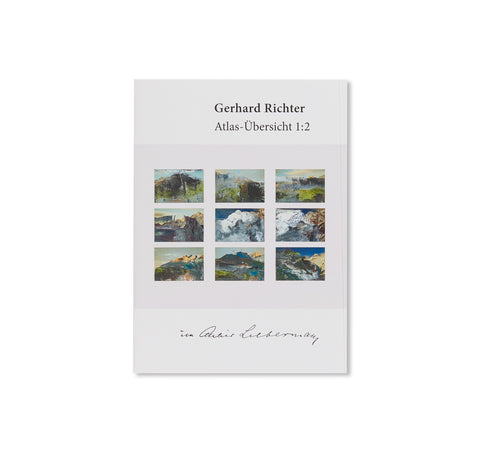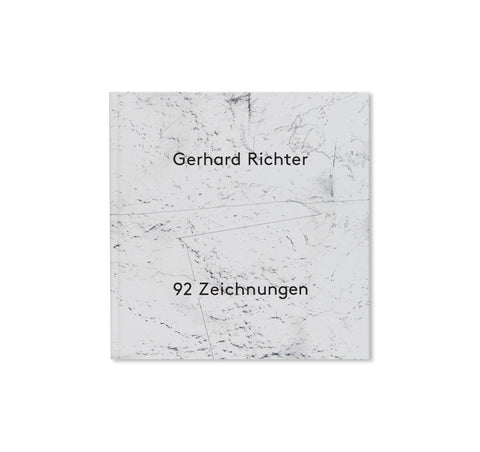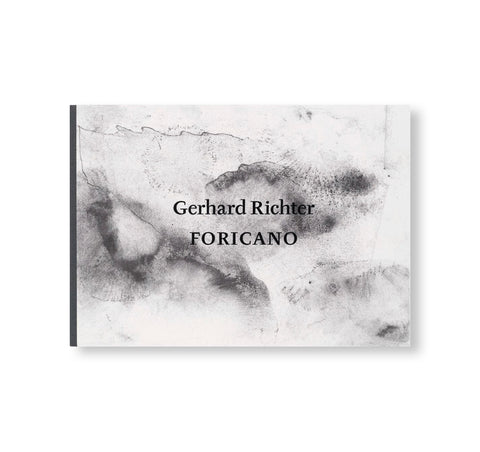PAINTING AFTER ALL by Gerhard Richter
ドイツ人画家、ゲルハルト・リヒター(Gerhard Richter)の作品集。2020年にニューヨークの「ザ・メット・ブロイヤー(The Met Breuer)」で開催された展覧会に伴い刊行された。作者は60年間にわたる制作活動において、第二次世界大戦後のドイツの遺産、集団的記憶、国民の感性について考えるための手法として表象と抽象表現を選んできた。本書は、1960年代初頭に制作されたフォトペインティングからその後のポートレート作品、大判の抽象絵画シリーズからガラス作品まで、約100点の重要な作品群が収録されている。また、名だたる学者陣によって著されたエッセイでは様々なテーマが取り上げられている。メトロポリタン美術館の近現代アート部門長であるシーナ・ワグスタッフ(Sheena Wagstaff)は、作者の技法が持つ概念的な重要性を評価する。ドイツ人美術史家のベンジャミン・H・D・ブクロー(Benjamin H.D. Buchloch)は痛烈な一作「ビルケナウ(Birkenau)」シリーズについて論じる。ドイツ人美術史家のピーター・ガイマー(Peter Geimer)は作者の長く続く写真への関心について探る。イギリス人美術史家、評論家、キュレーターのブライオニー・ファー(Briony Fer)は、伝統的な絵画のジャンルや常識に対して作者の家族写真を考察する。メトロポリタン美術館の近現代絵画部門のキュレーターのブリンダ・クマール(Brinda Kumar)は、記憶の場として捉えた風景と作者について研究し、ドイツ人美術史家のアンドレ・ロットマン(André Rottmann)は、作者の抽象作品における無作為化と偶然性の影響について考察する。アメリカ人批評家、美術史家のハル・フォスター(Hal Foster)は作者のガラスや鏡を用いた作品について探る。本書が示すように、作者の豊かで多様な作品群は、現代美術における絵画の継続的な関連性を証明するものである。
EXHIBITION:
ゲルハルト・リヒター展
会期:2022年6月7日(火) - 10月2日(日)
休館日:月曜日 ※7月18日、9月19日は開館、7月19日(火)、9月20日(火)
時間:10:00-17:00(金・土曜は10:00-20:00)
開催場所:東京国立近代美術館
詳細
※本展は終了いたしました
会期:2022年10月15日(土) - 2023年1月29日(日)
休館日:月曜日 ※2023年1月9日は開館、2022年12月28日 - 2023年1月4日は休館
時間:10:00-17:30
開催場所:豊田市美術館
詳細
※本展は終了いたしました
A lavishly illustrated monograph that spans the entire career of Gerhard Richter, one of the most celebrated contemporary artists
"Spans the contemporary German artist's six-decade career. . . . [A] stirring exhibition in [its] own right."—New York Times
"[A] weighty catalogue... illuminat[es] some less-visited corners of Richter's oeuvre."—New York Review of Books
Over the course of his acclaimed 60-year career, Gerhard Richter (b. 1932) has employed both representation and abstraction as a means of reckoning with the legacy, collective memory, and national sensibility of post–Second World War Germany, in both broad and very personal terms. This handsomely designed book features approximately 100 of his key canvases, from photo paintings created in the early 1960s to portraits and later large-scale abstract series, as well as select works in glass. New essays by eminent scholars address a variety of themes: Sheena Wagstaff evaluates the conceptual import of the artist’s technique; Benjamin H. D. Buchloh discusses the poignant Birkenau paintings (2014); Peter Geimer explores the artist’s enduring interest in photographic imagery; Briony Fer looks at Richter’s family pictures against traditional painting genres and conventions; Brinda Kumar investigates the artist’s engagement with landscape as a site of memory; André Rottmann considers the impact of randomization and chance on Richter’s abstract works; and Hal Foster examines the glass and mirror works. As this book demonstrates, Richter’s rich and varied oeuvre is a testament to the continued relevance of painting in contemporary art.
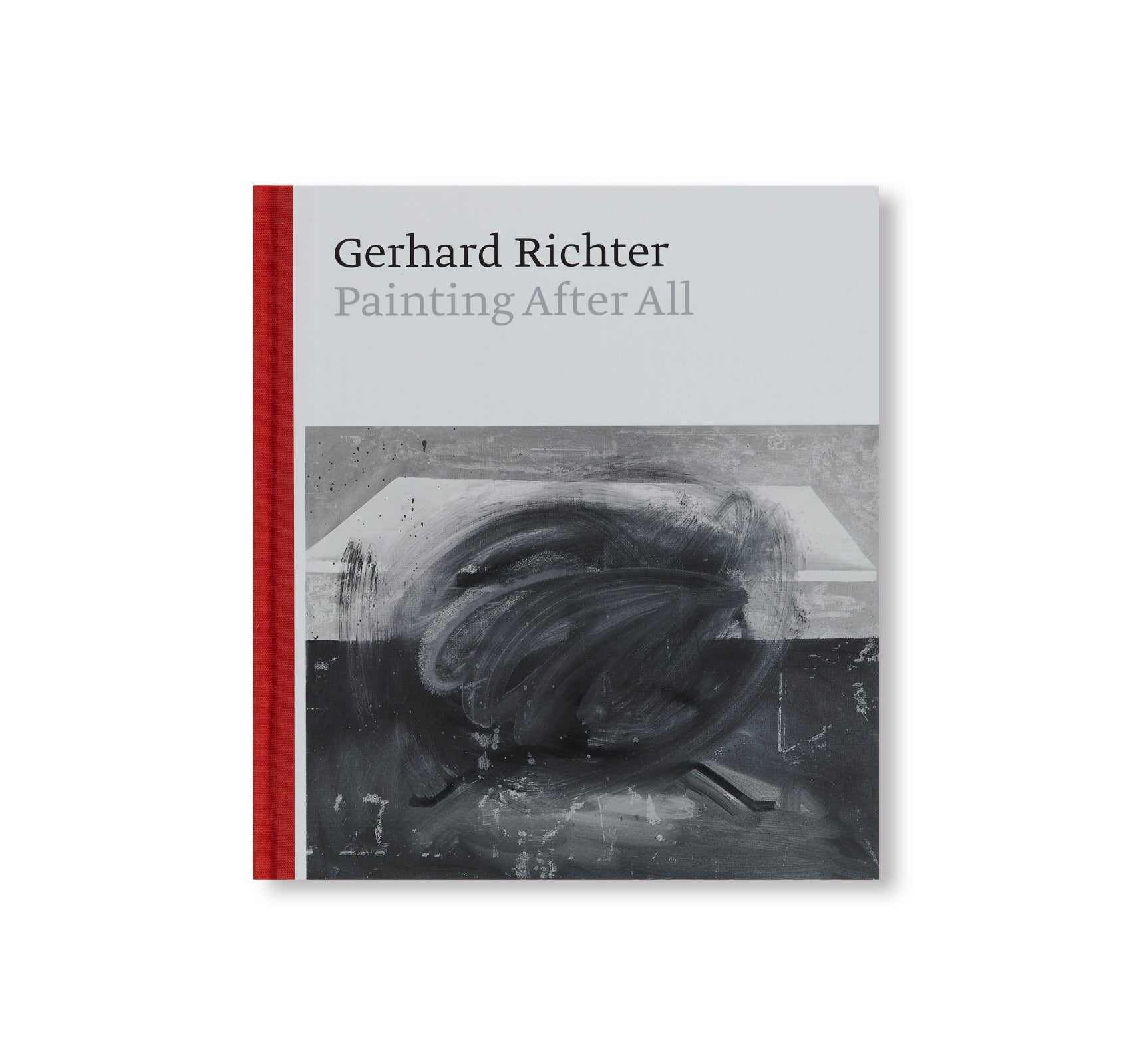

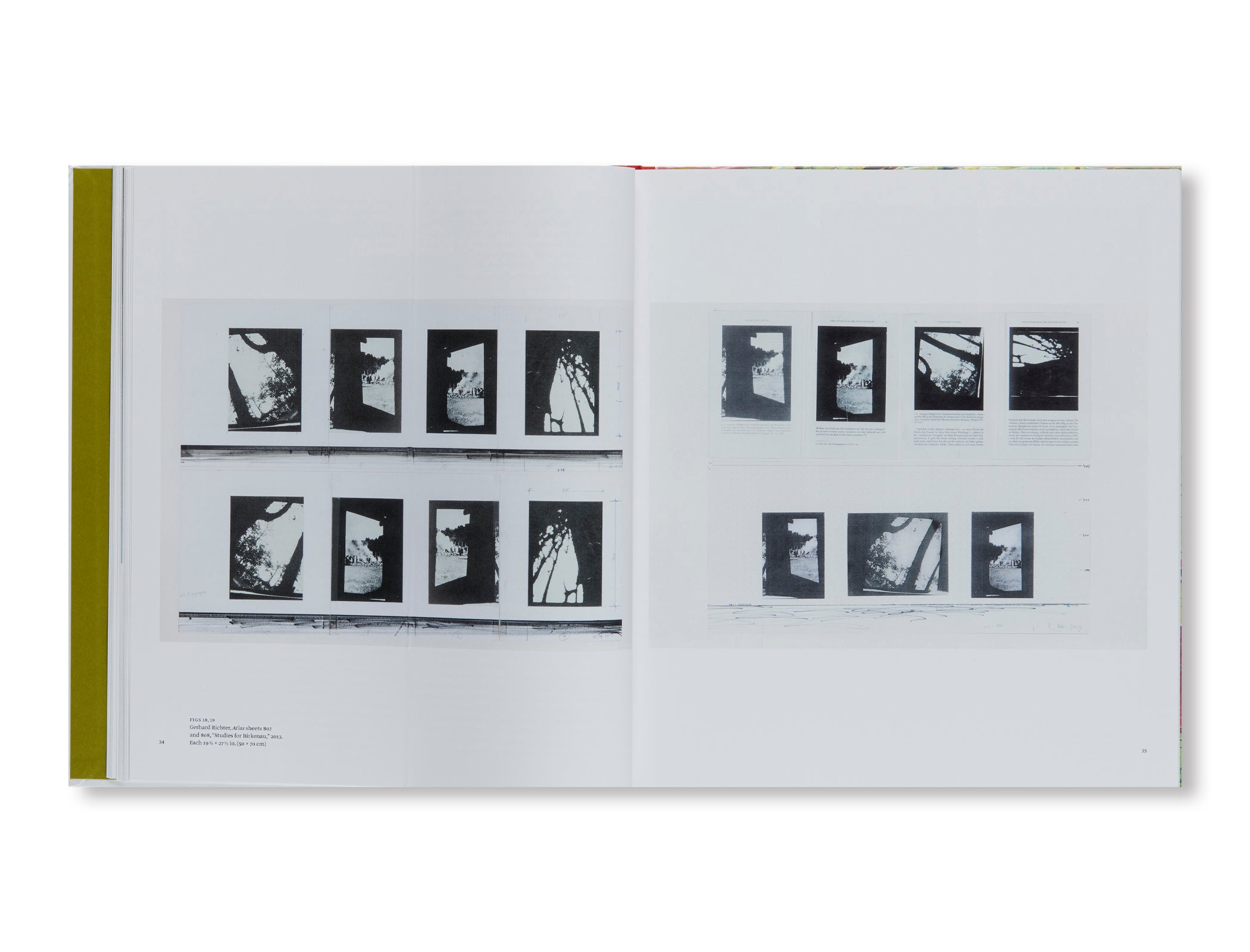
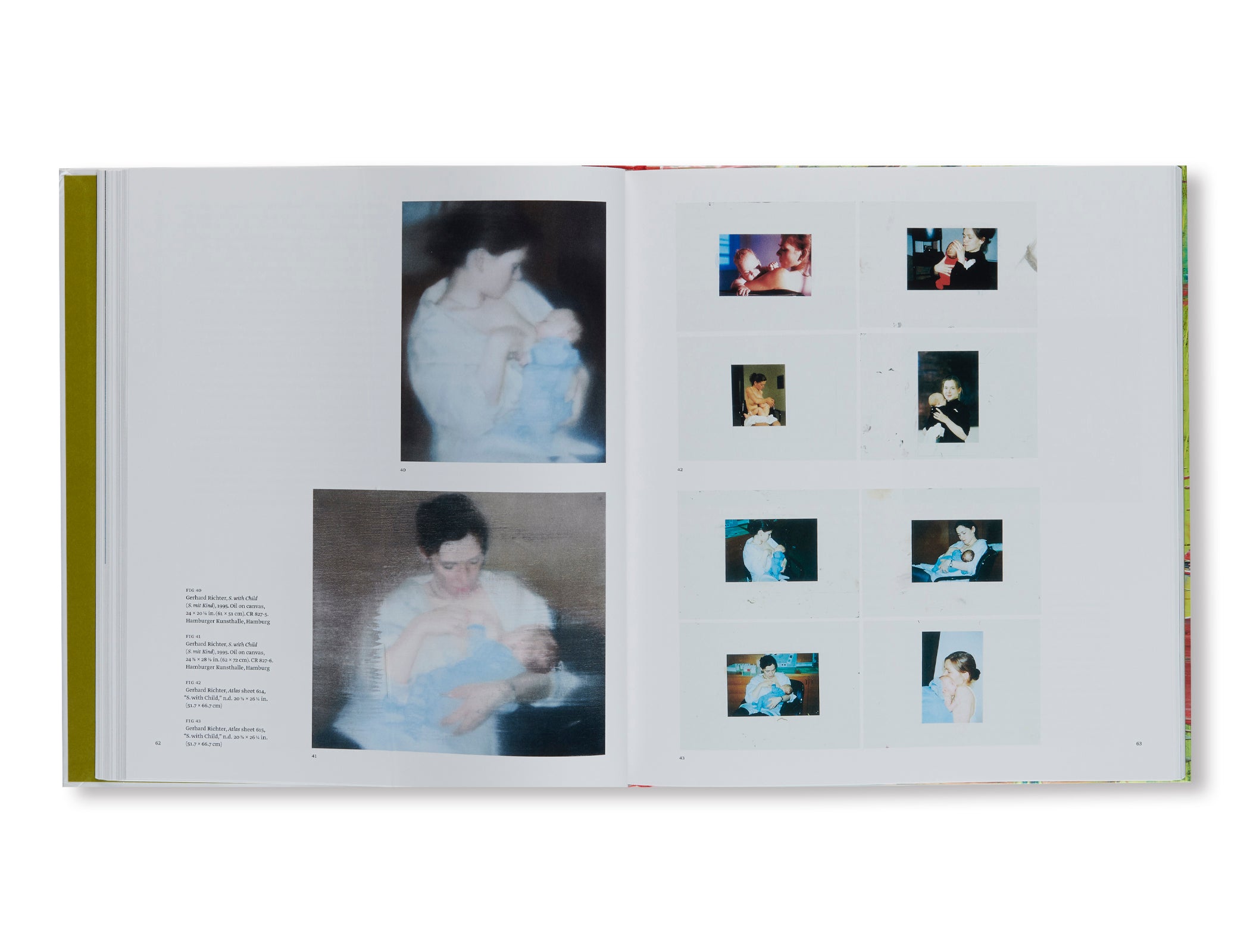
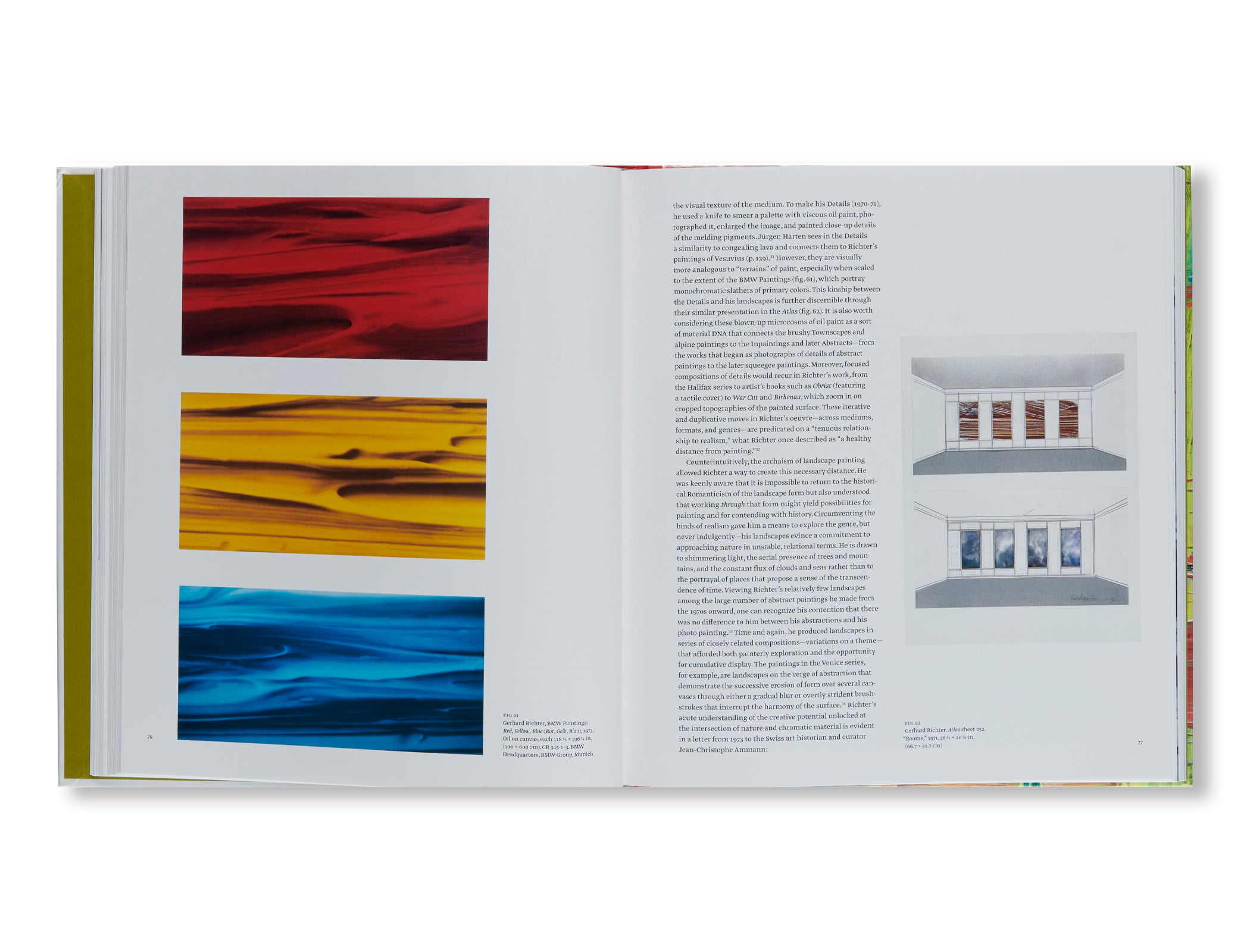
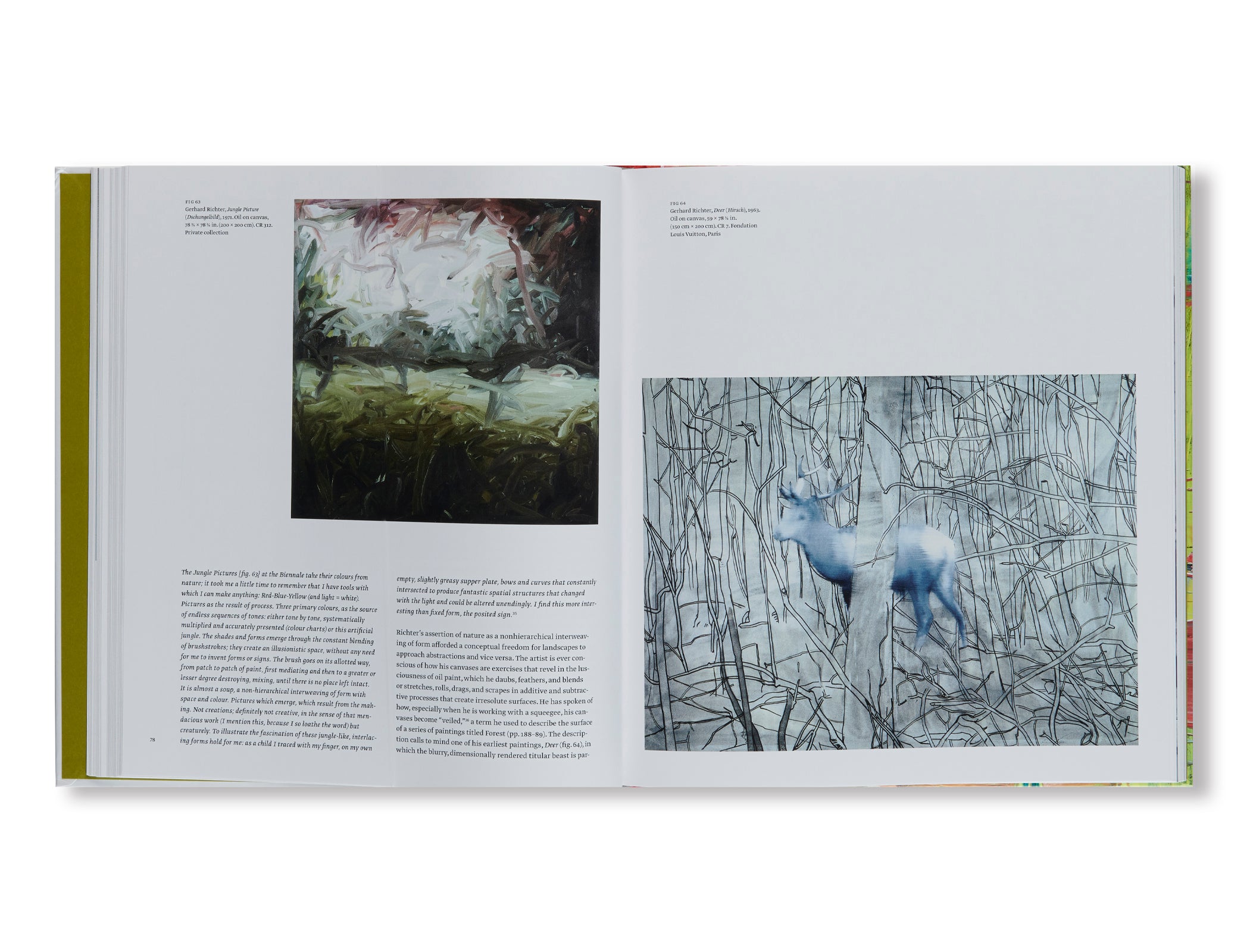
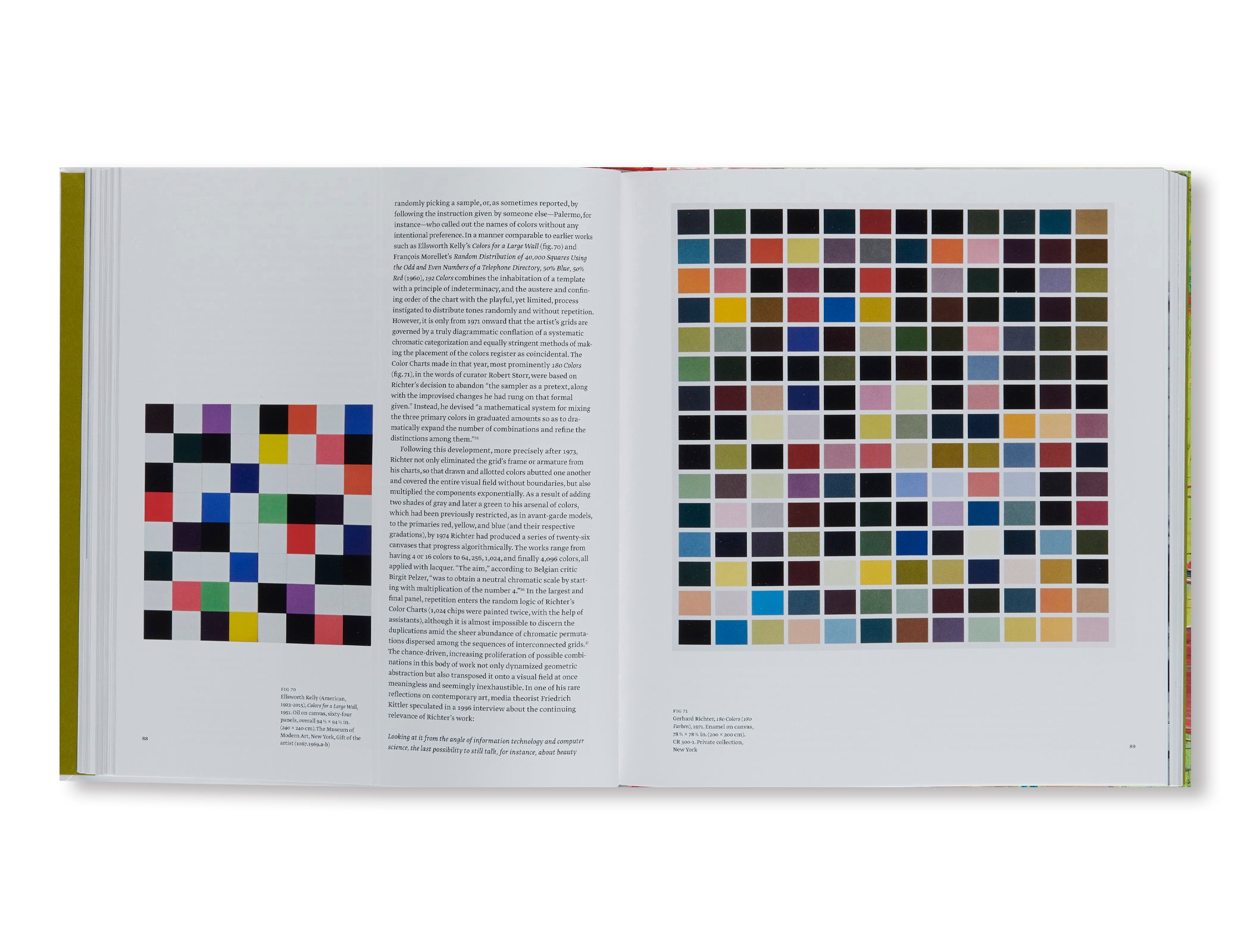
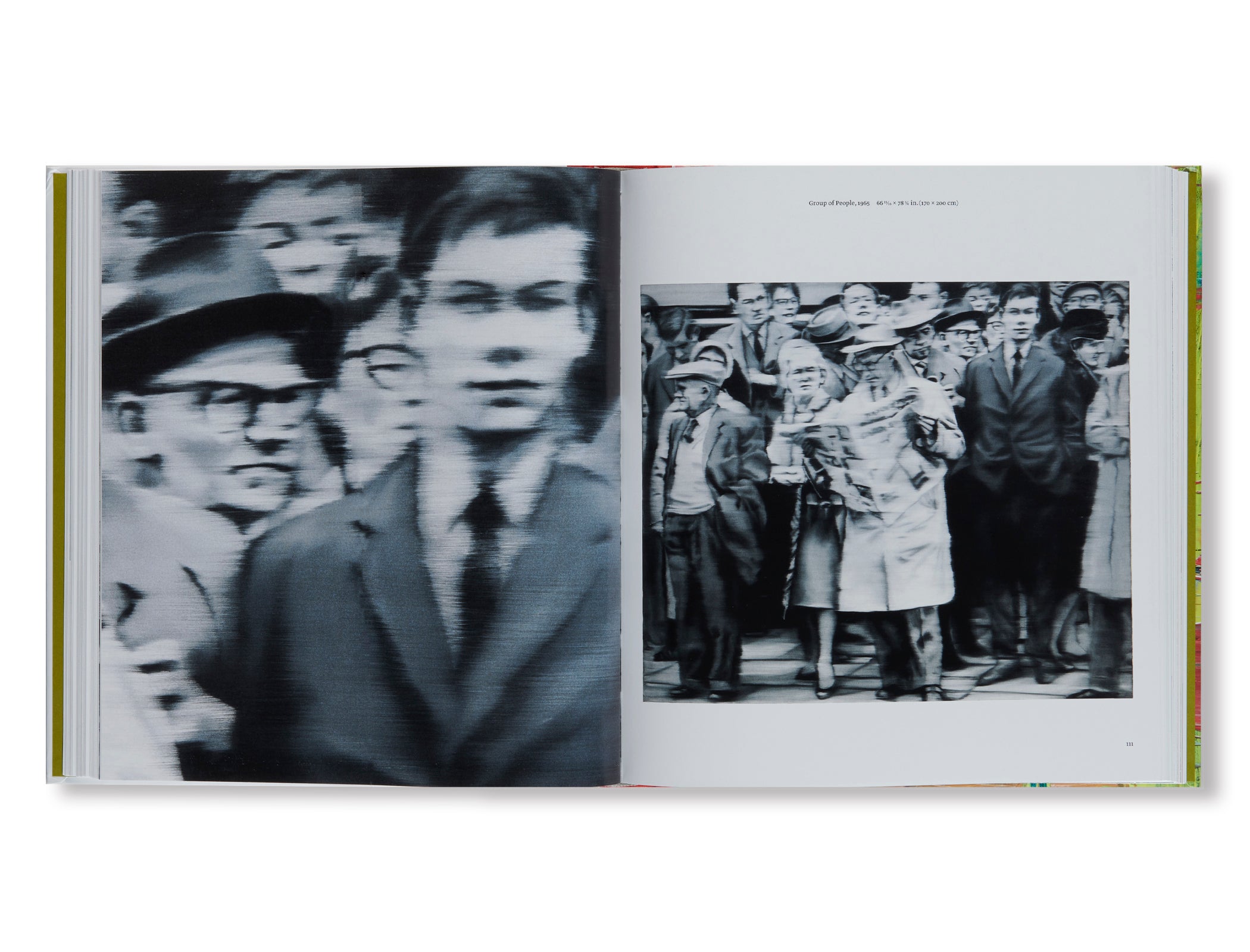
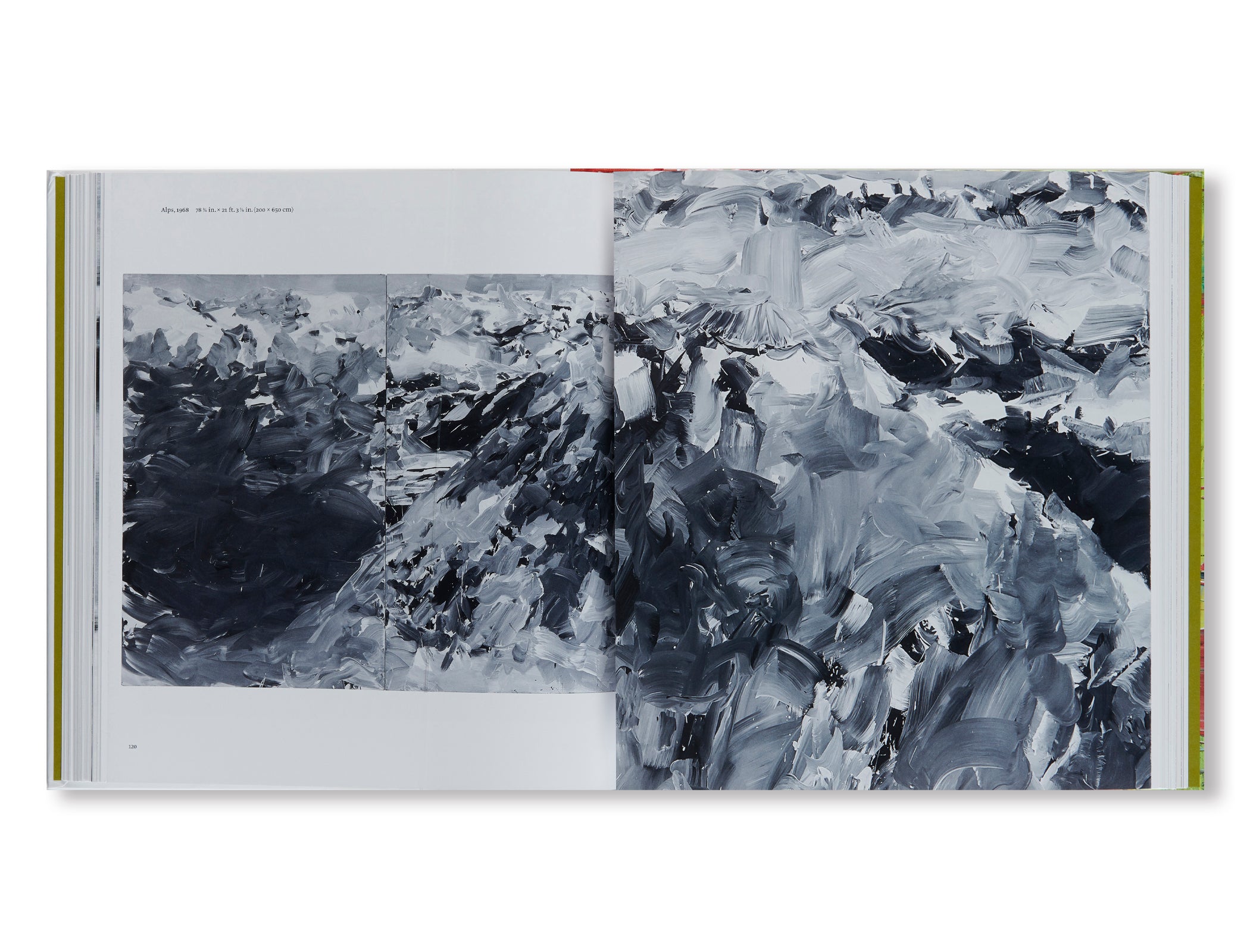

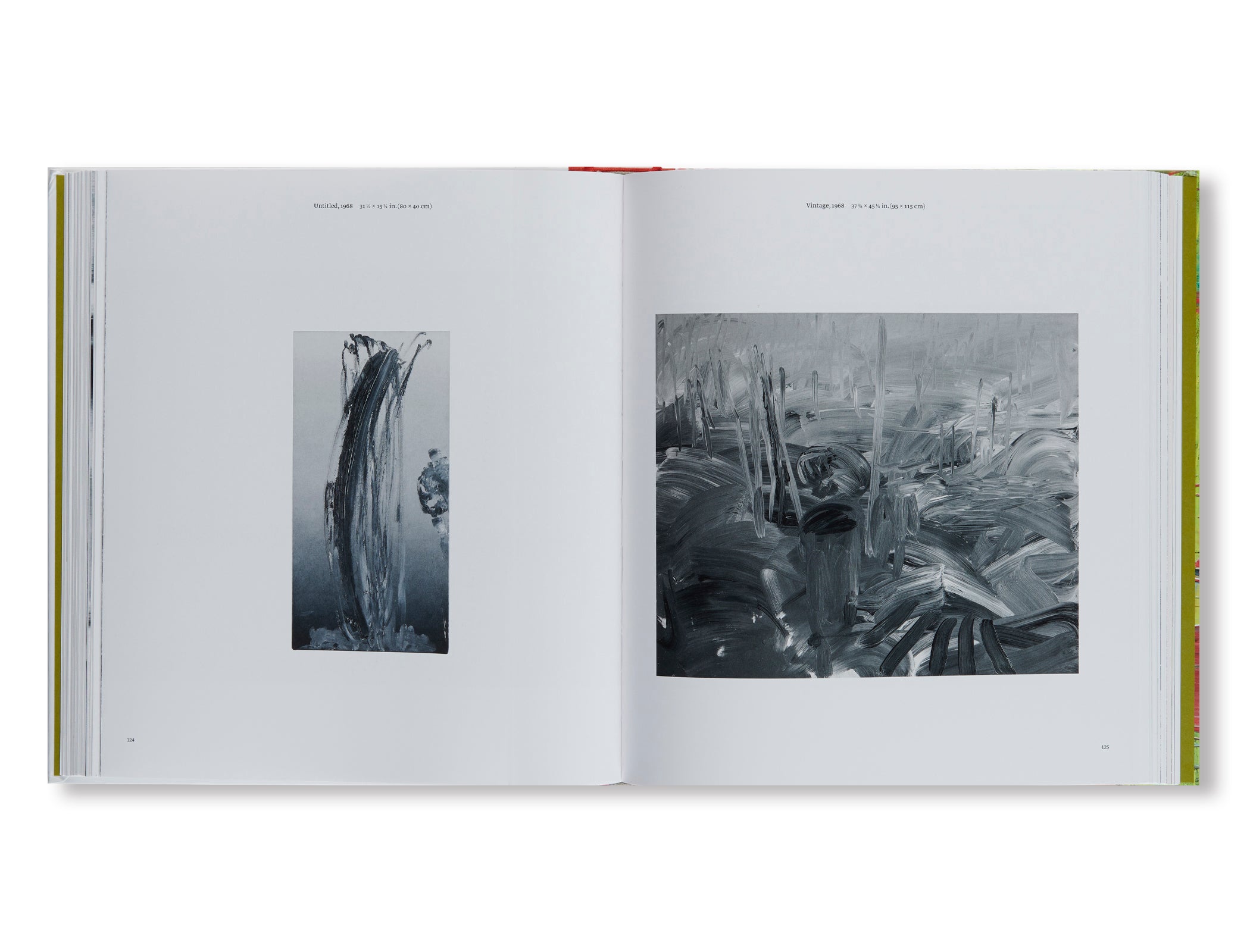
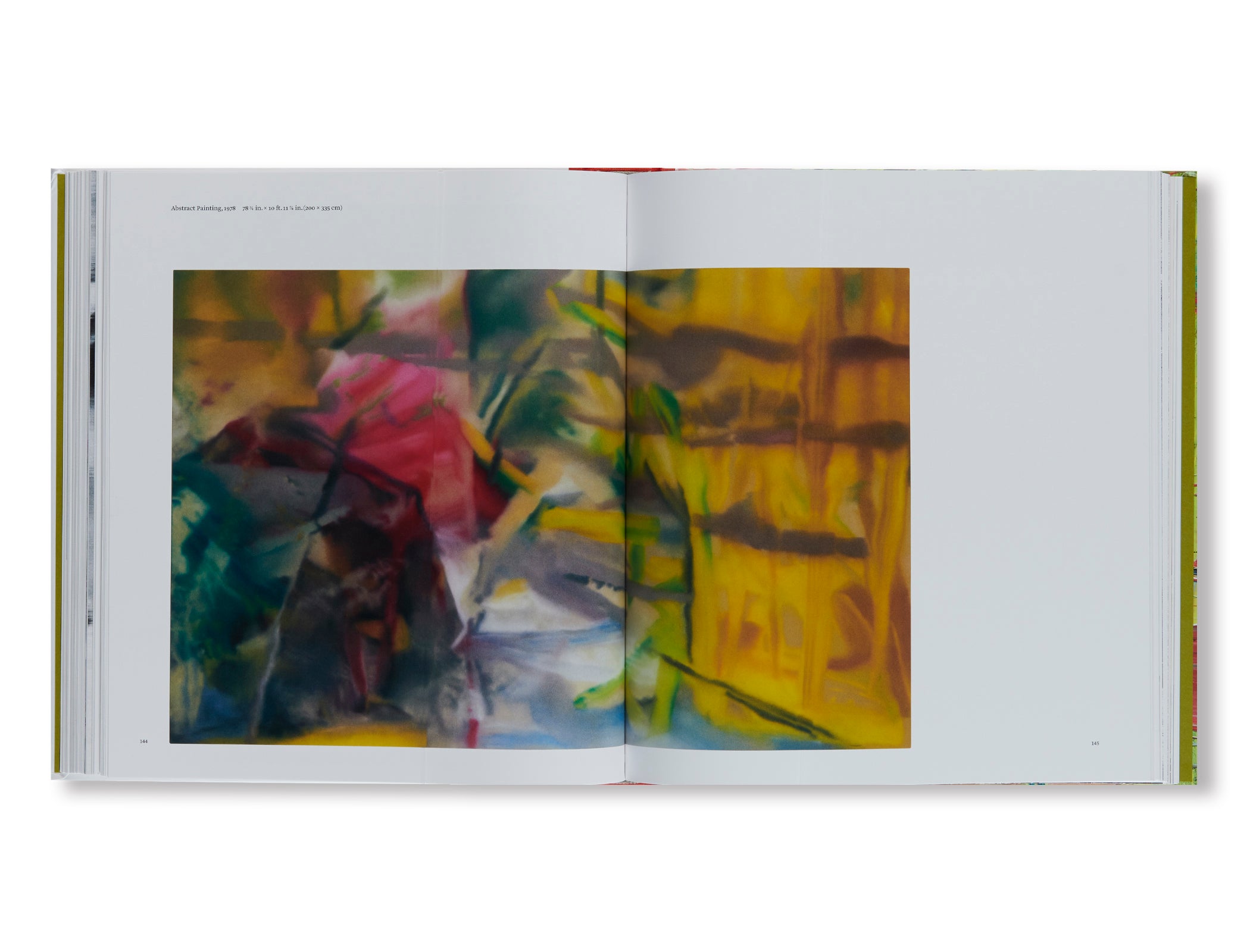
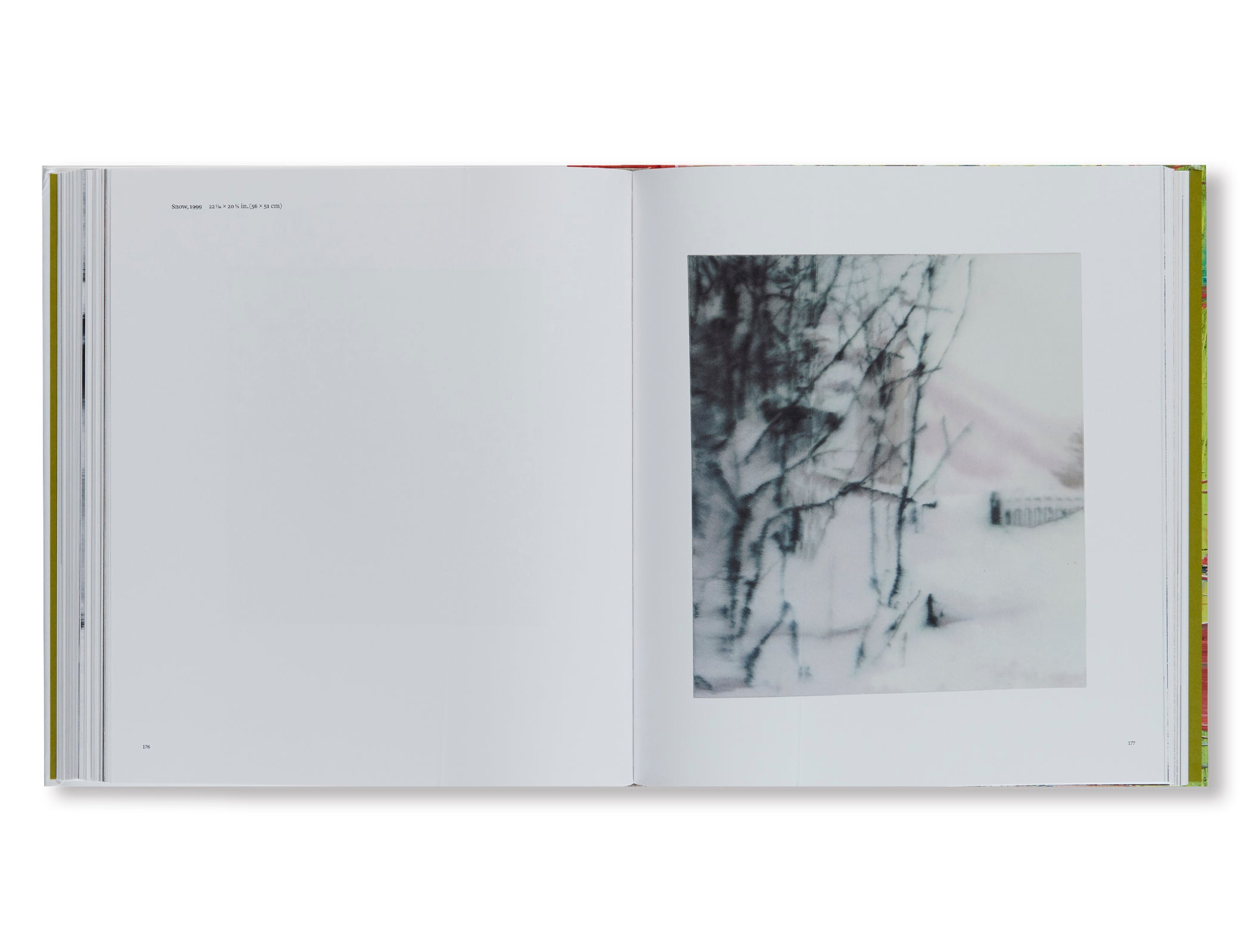

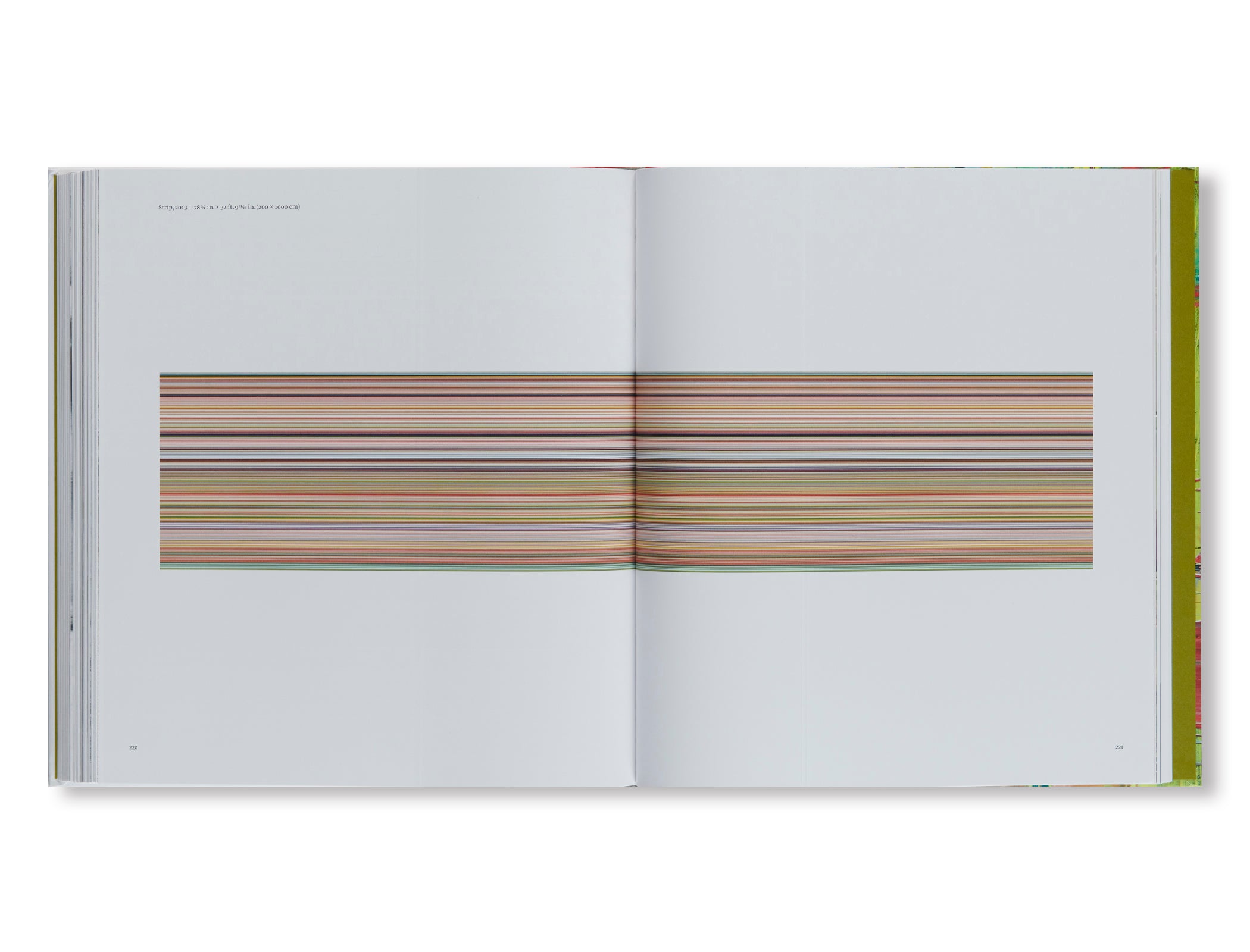
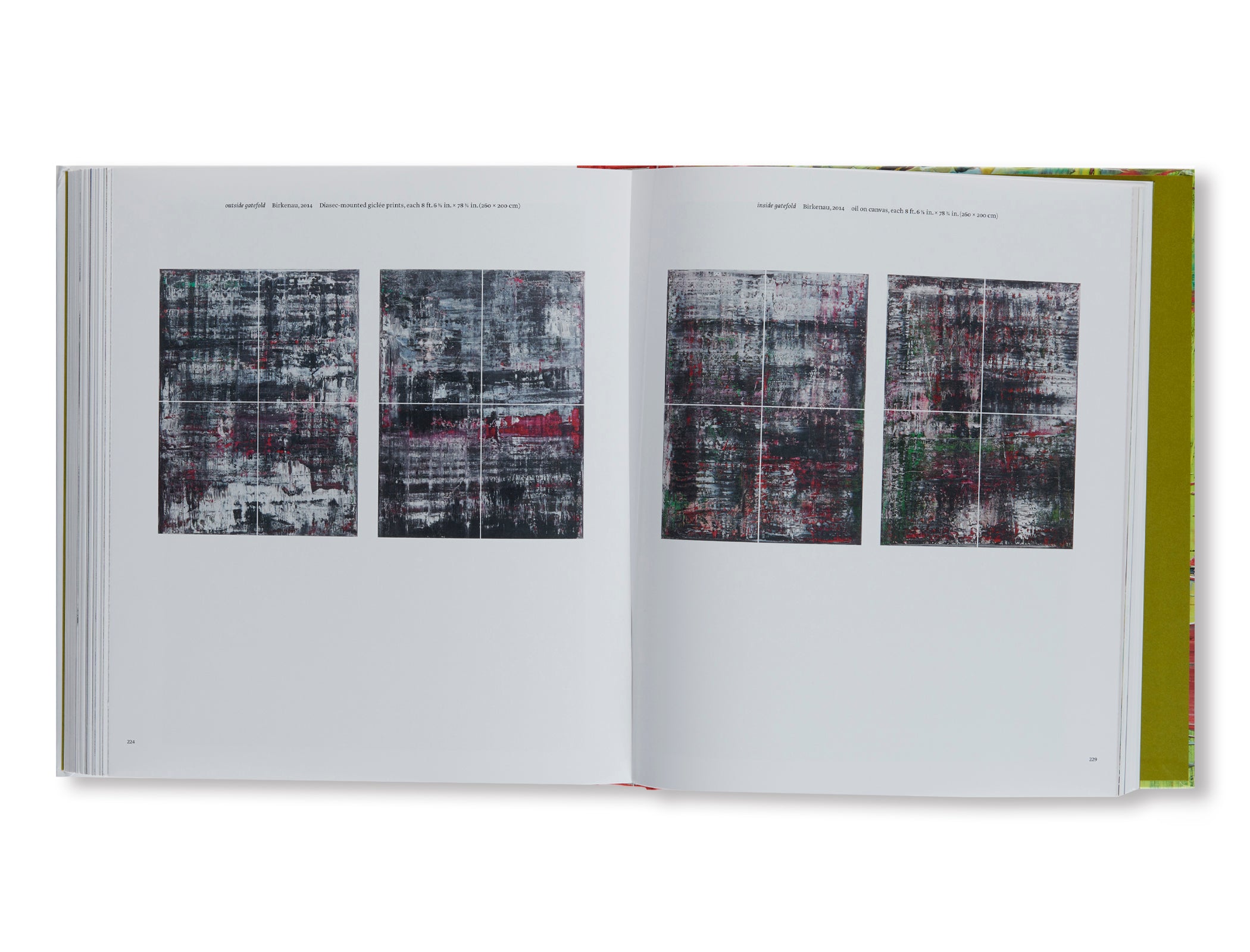
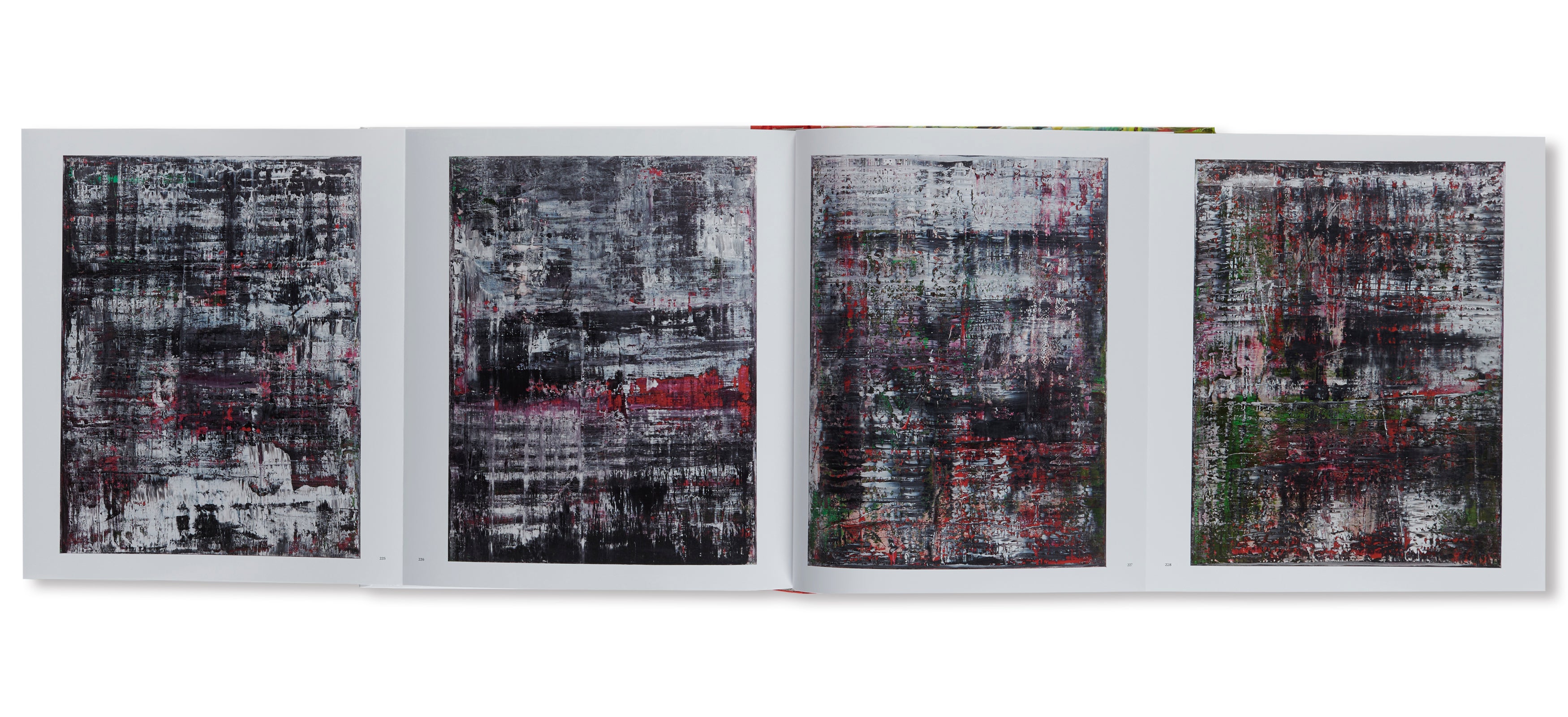
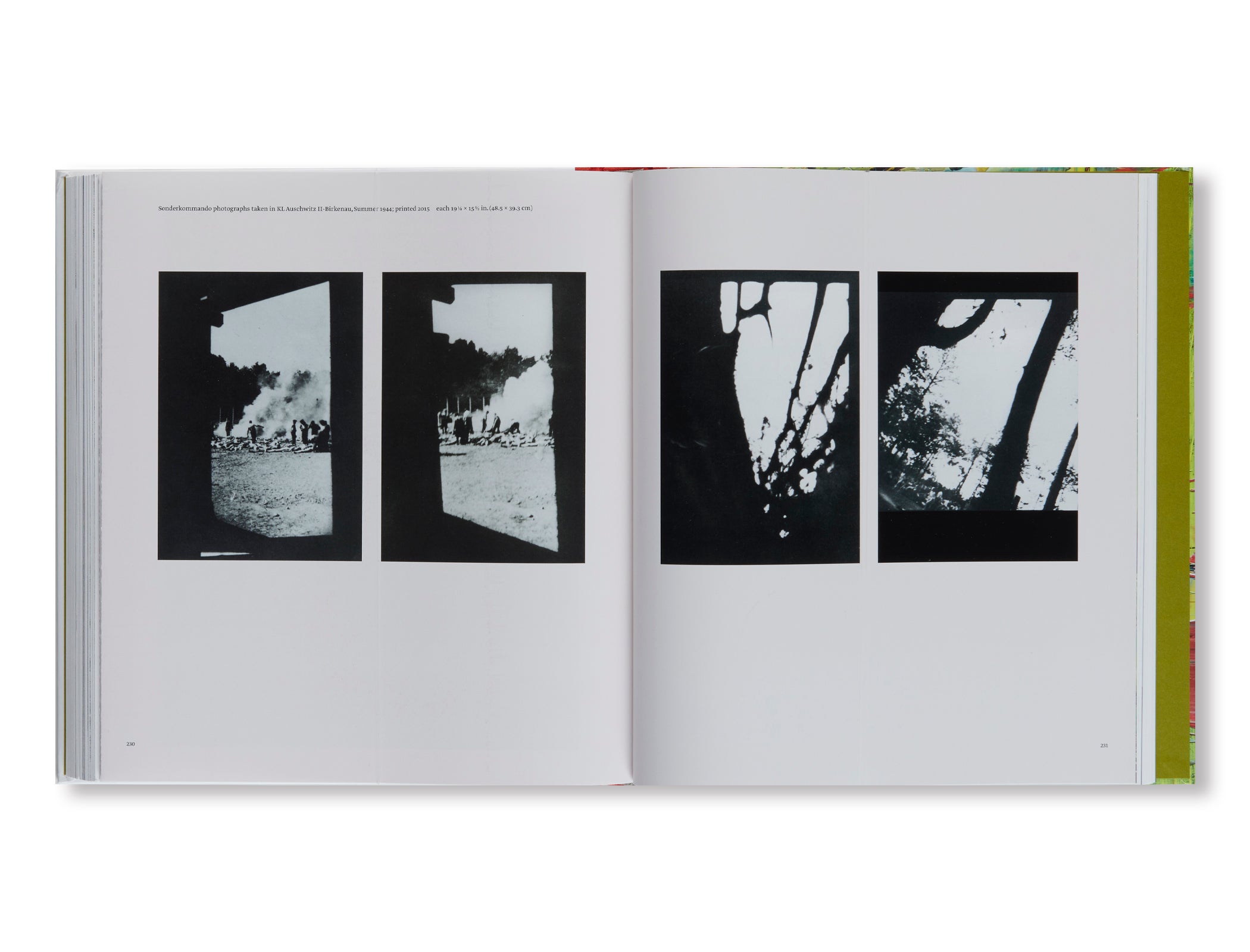
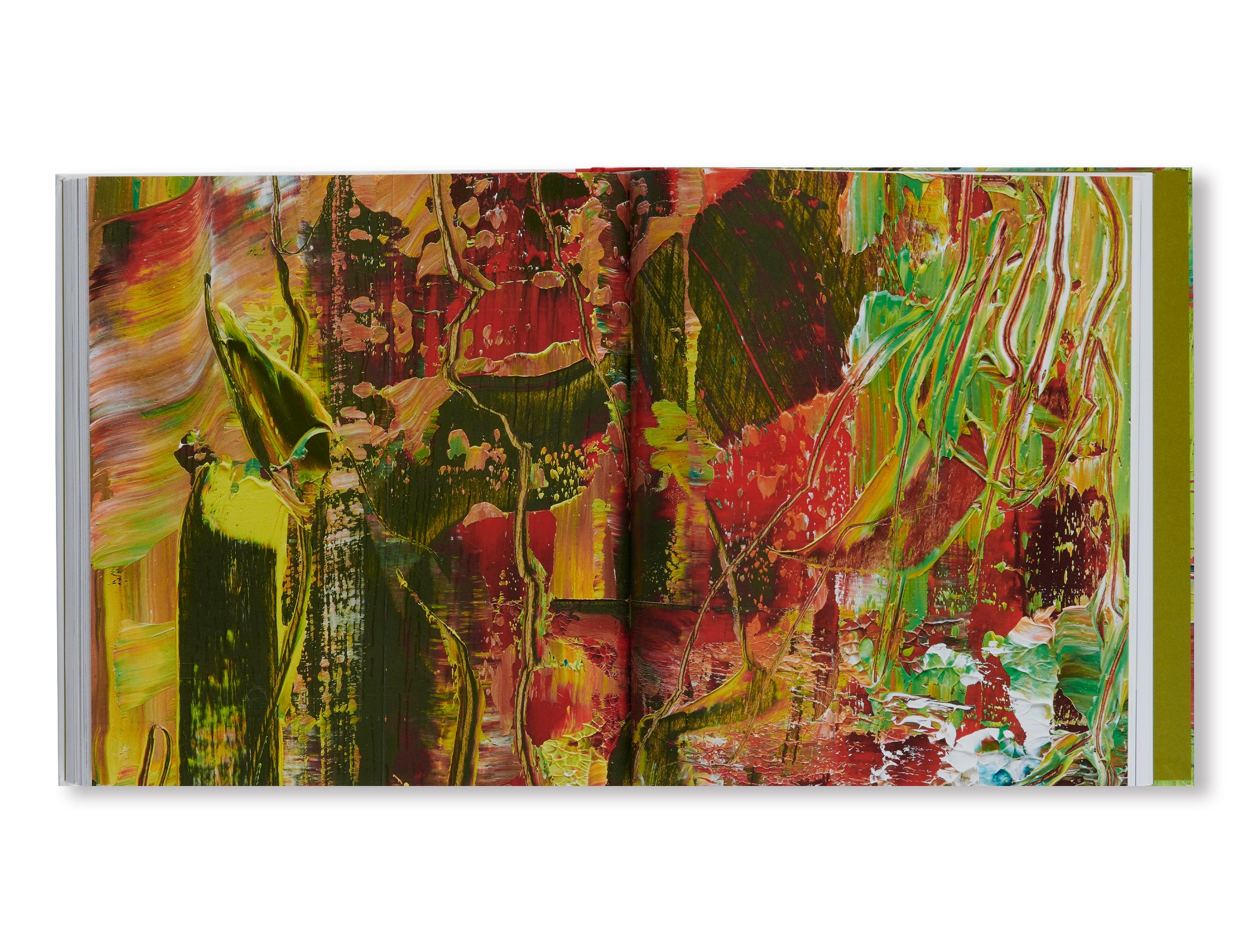
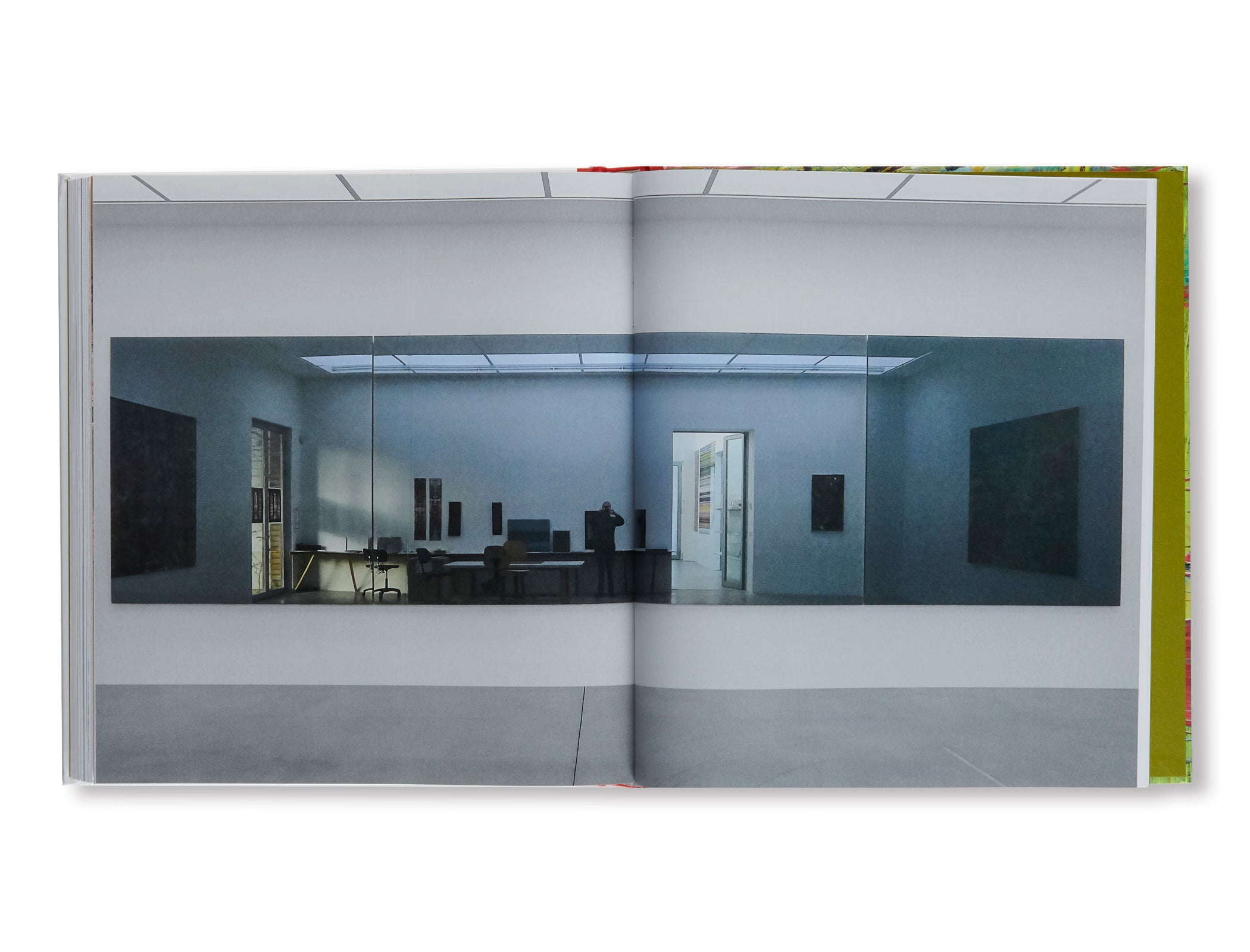

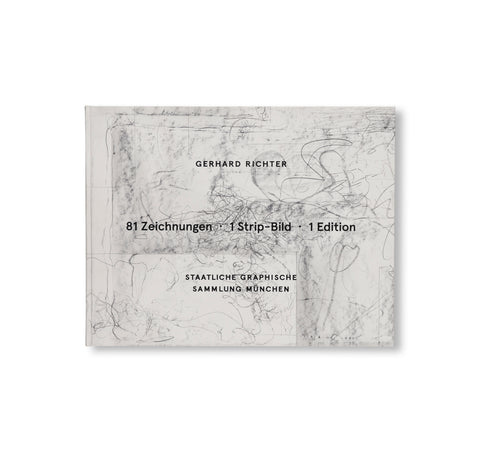
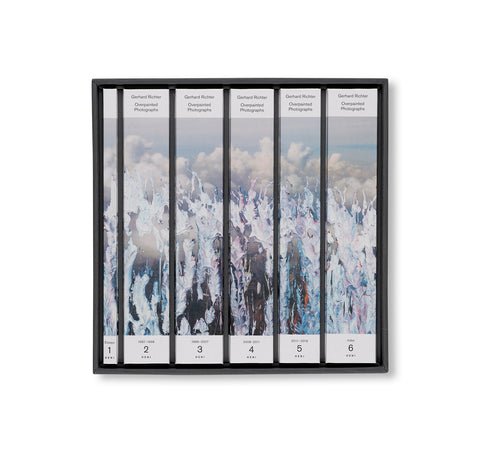
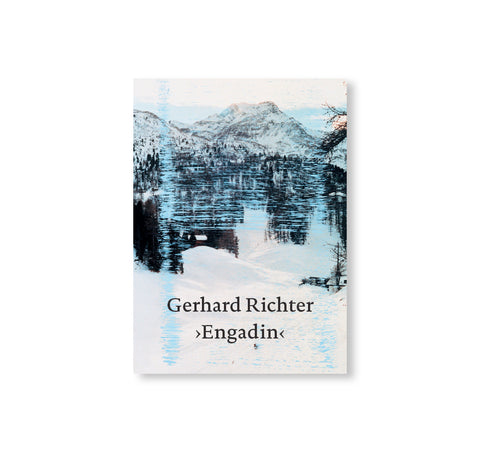
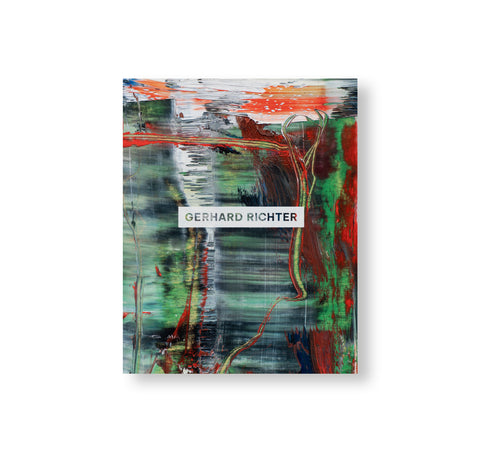
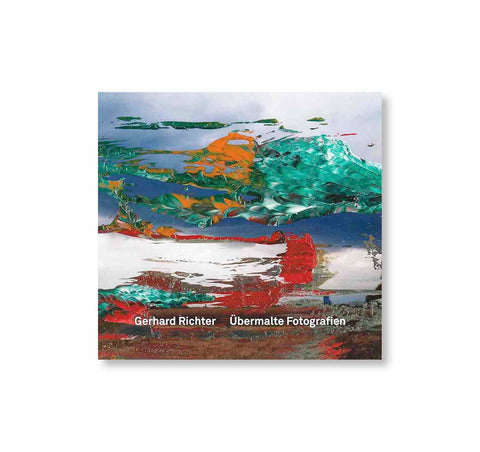
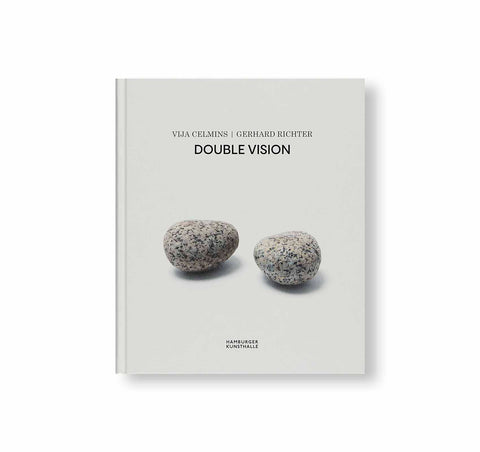
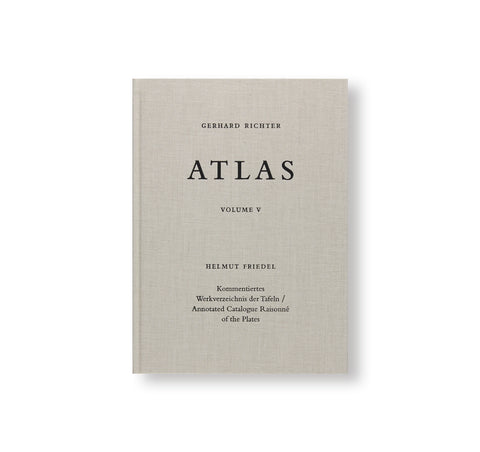
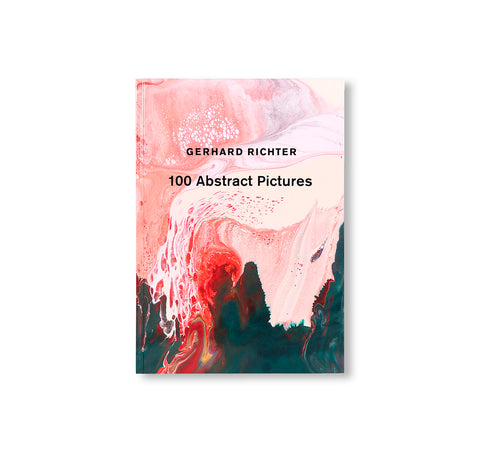
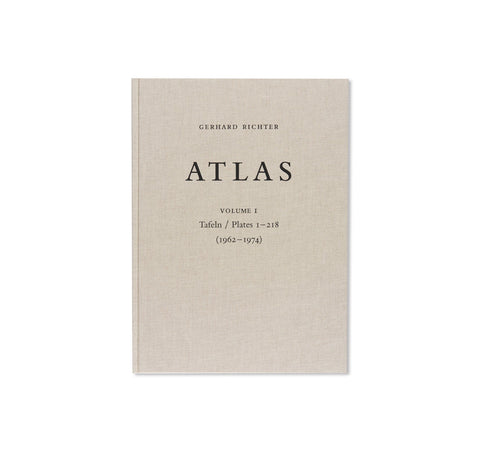
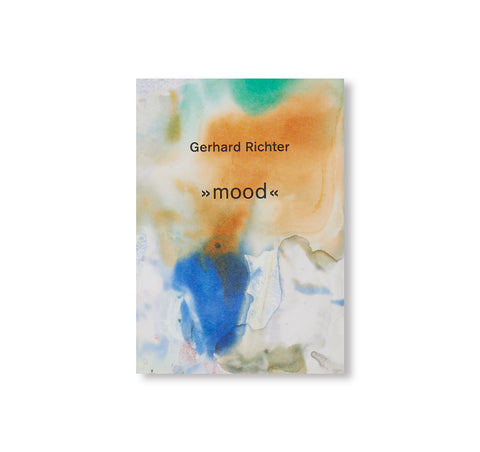
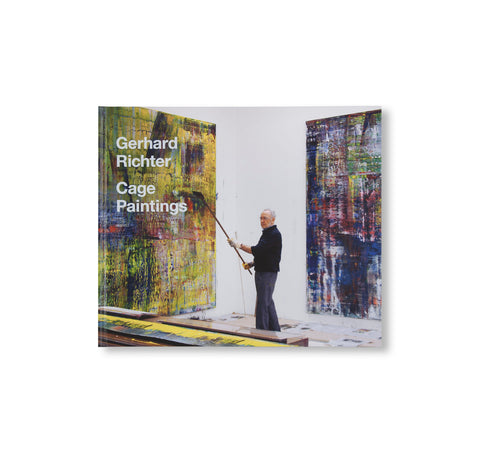
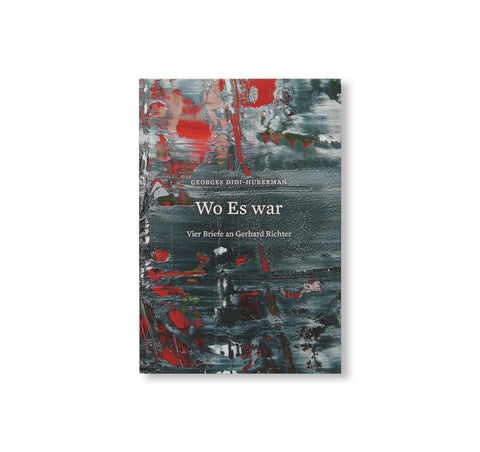
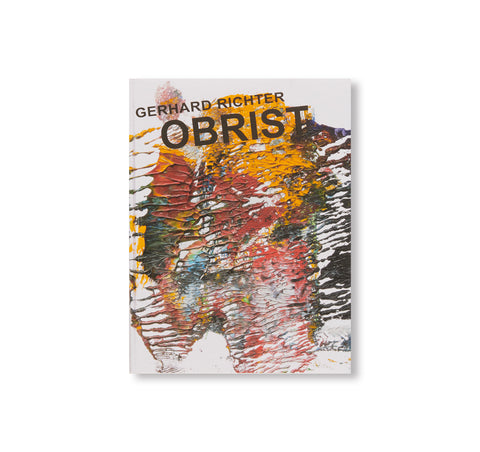
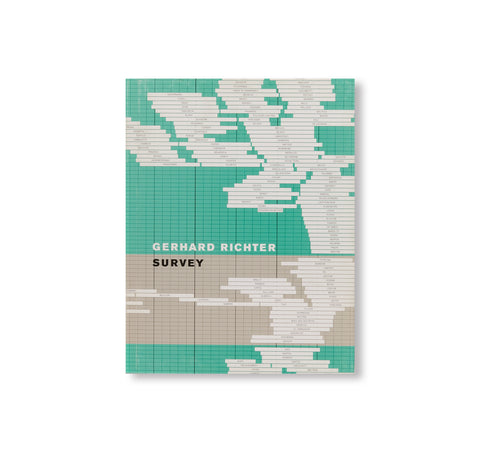
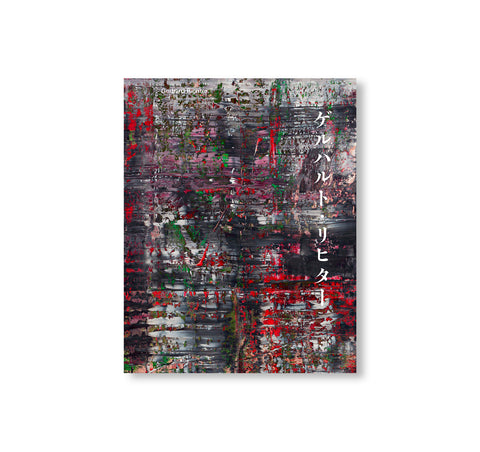
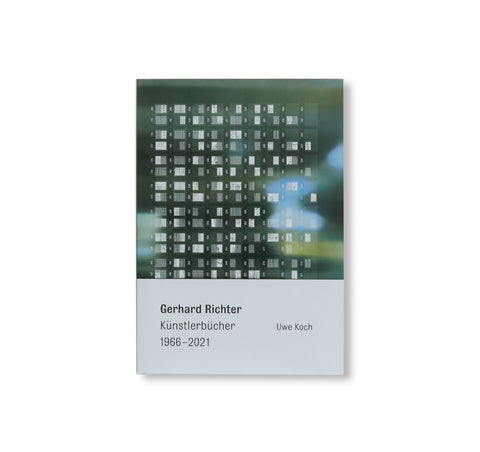
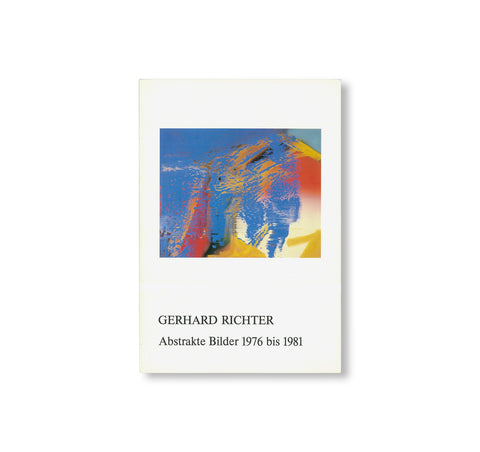
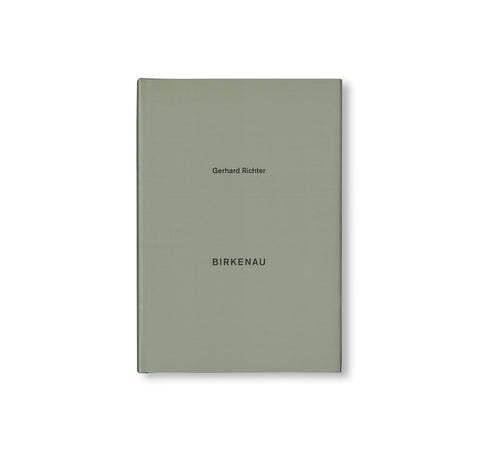
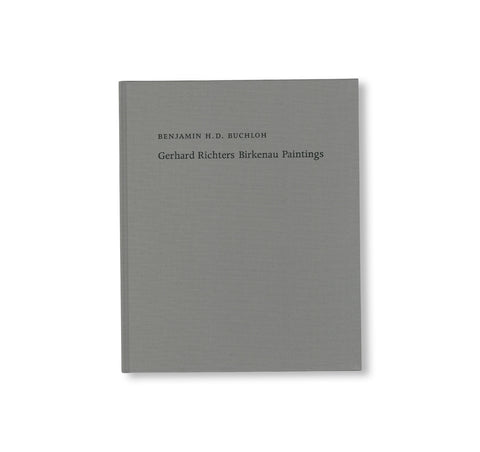
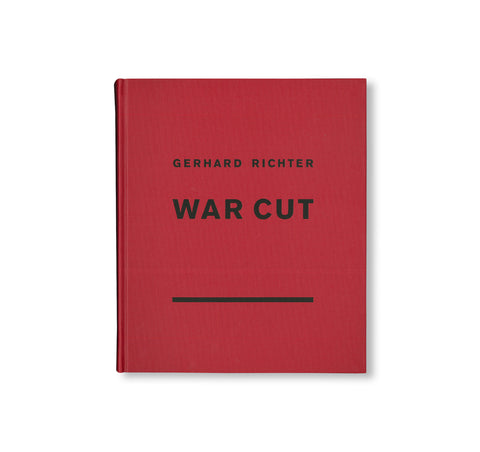
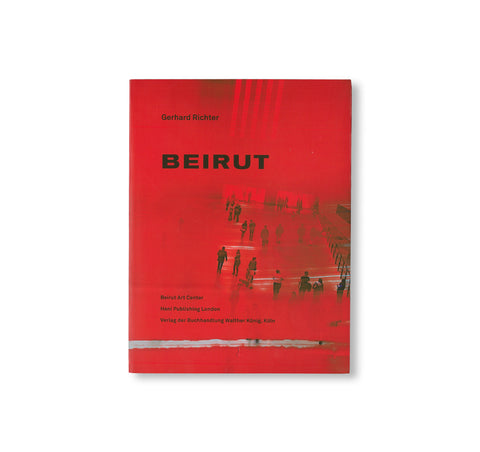
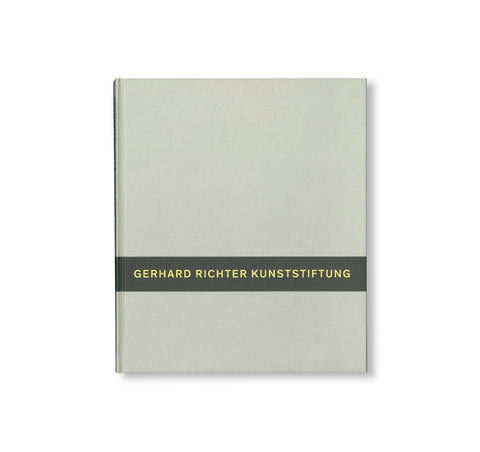
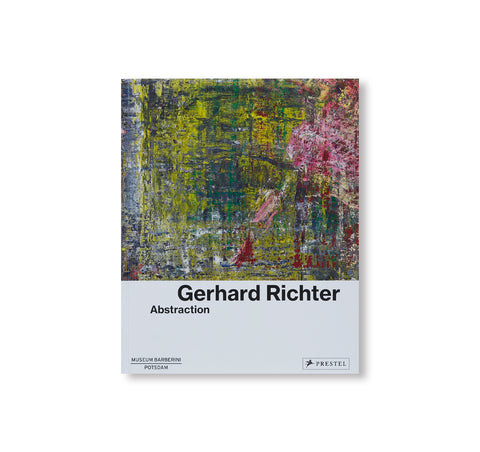
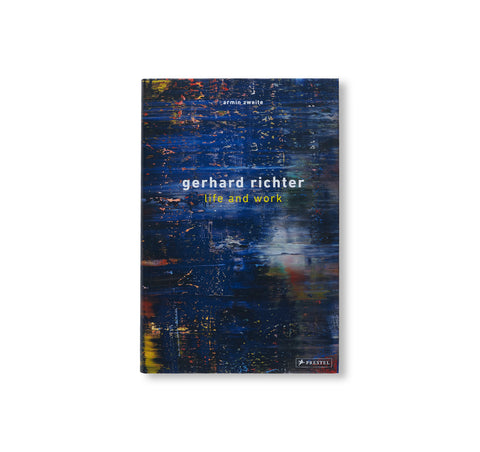
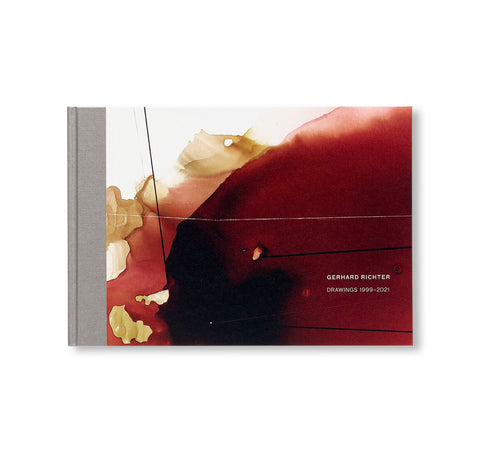
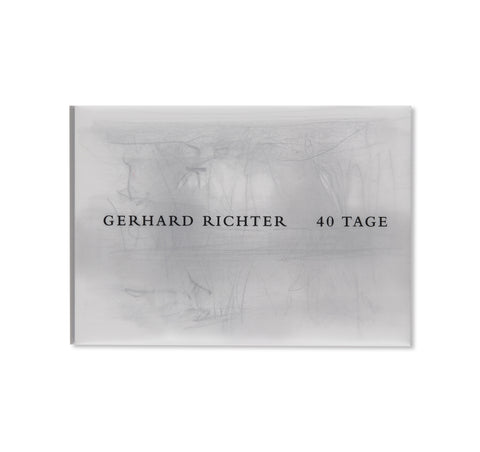
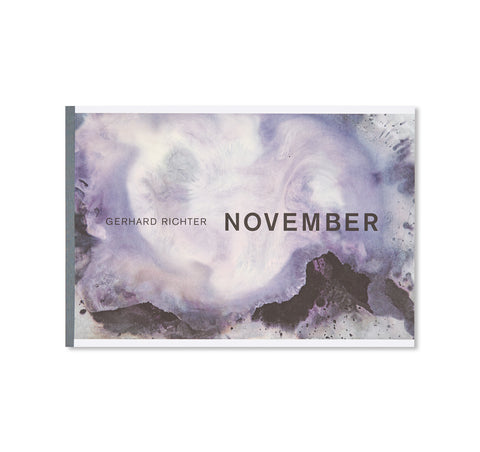
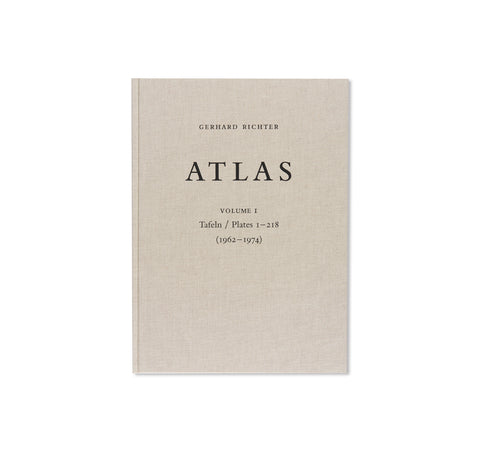
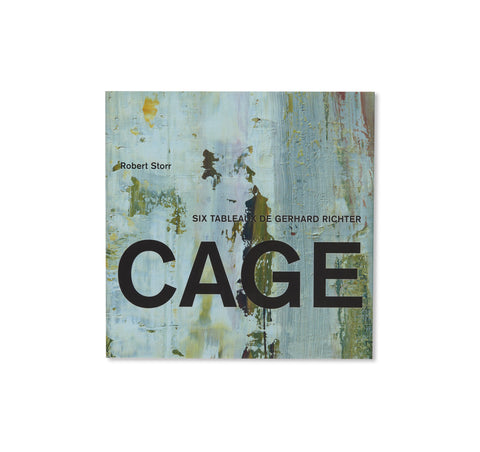
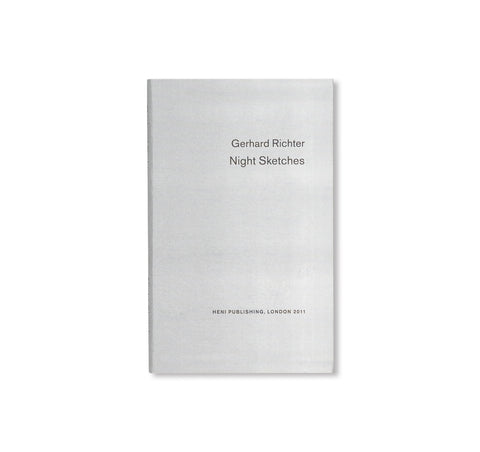
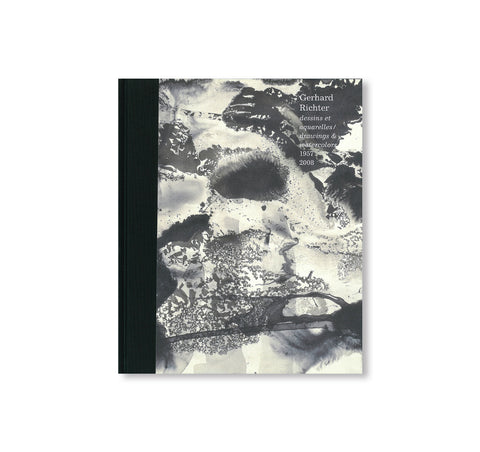
![SEPTEMBER: A HISTORY PAINTING by Gerhard Richter [ENGLISH EDITION]](http://twelve-books.com/cdn/shop/products/SEPTEMBER_large.jpg?v=1646989531)
![SETTEMBRE / SEPTIEMBRE: UN DIPINTO DI STORIA by Gerhard Richter [ITALIAN EDITION]](http://twelve-books.com/cdn/shop/products/200916_146_large.jpg?v=1601629228)
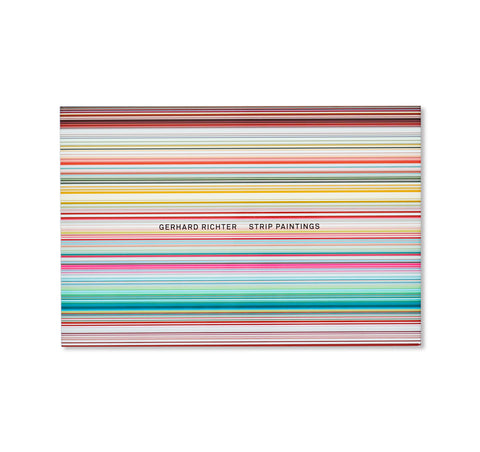
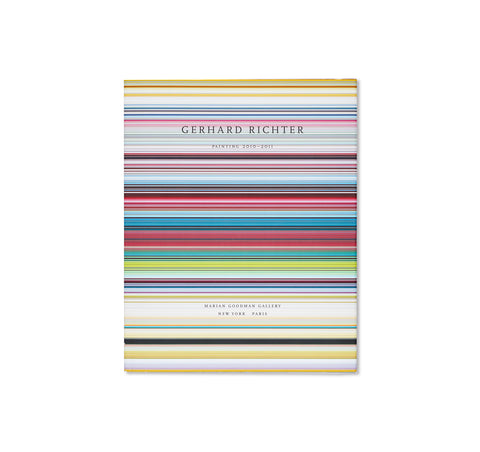
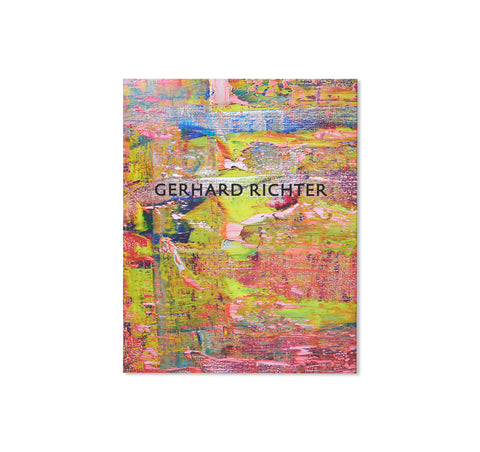
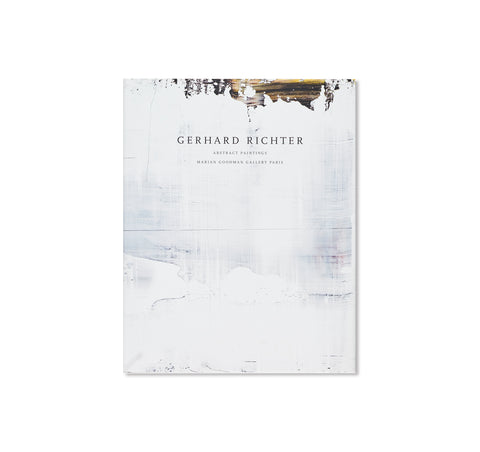
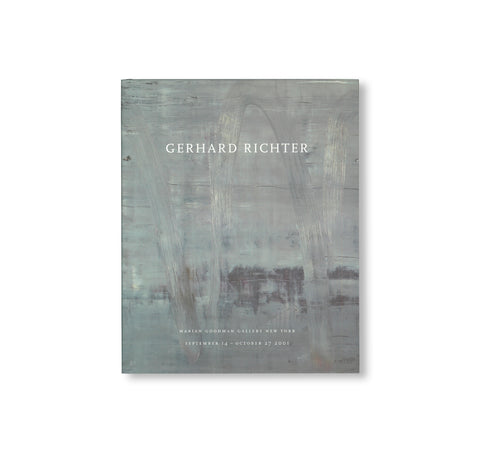
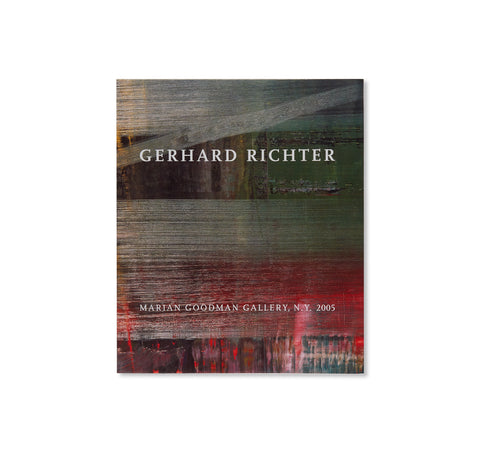
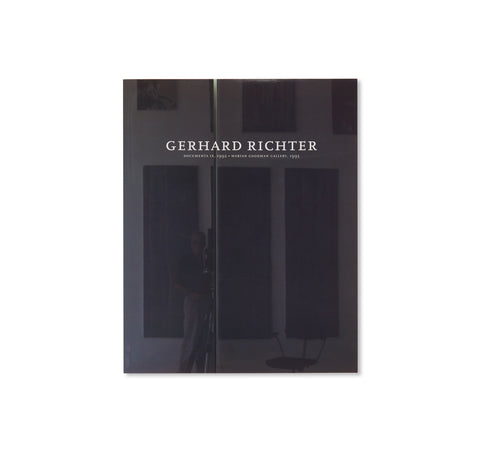
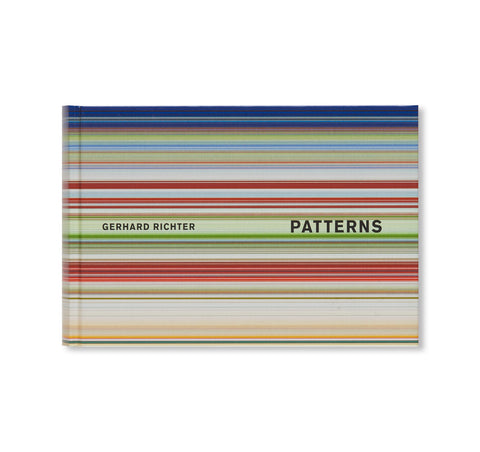
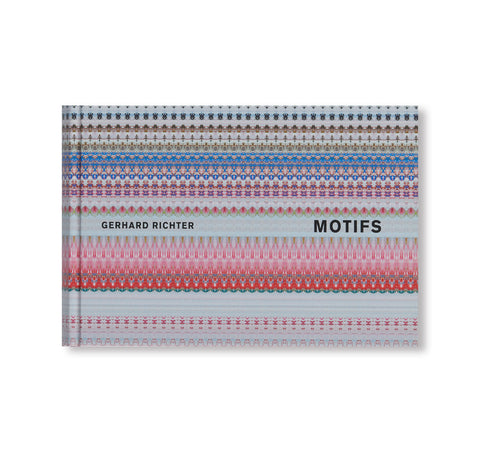
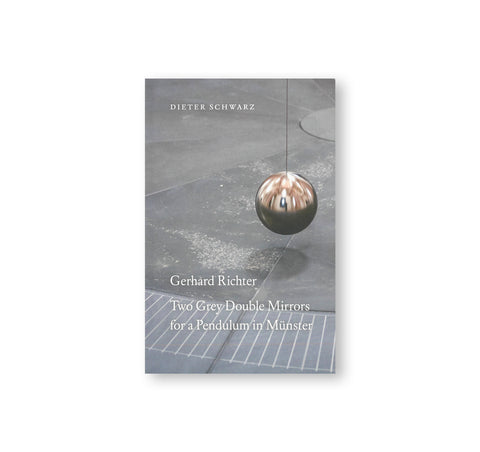
![A HANDFUL OF DUST by David Campany [SECOND EDITION]](http://twelve-books.com/cdn/shop/products/160112.14_2820_large.jpg?v=1571703834)
